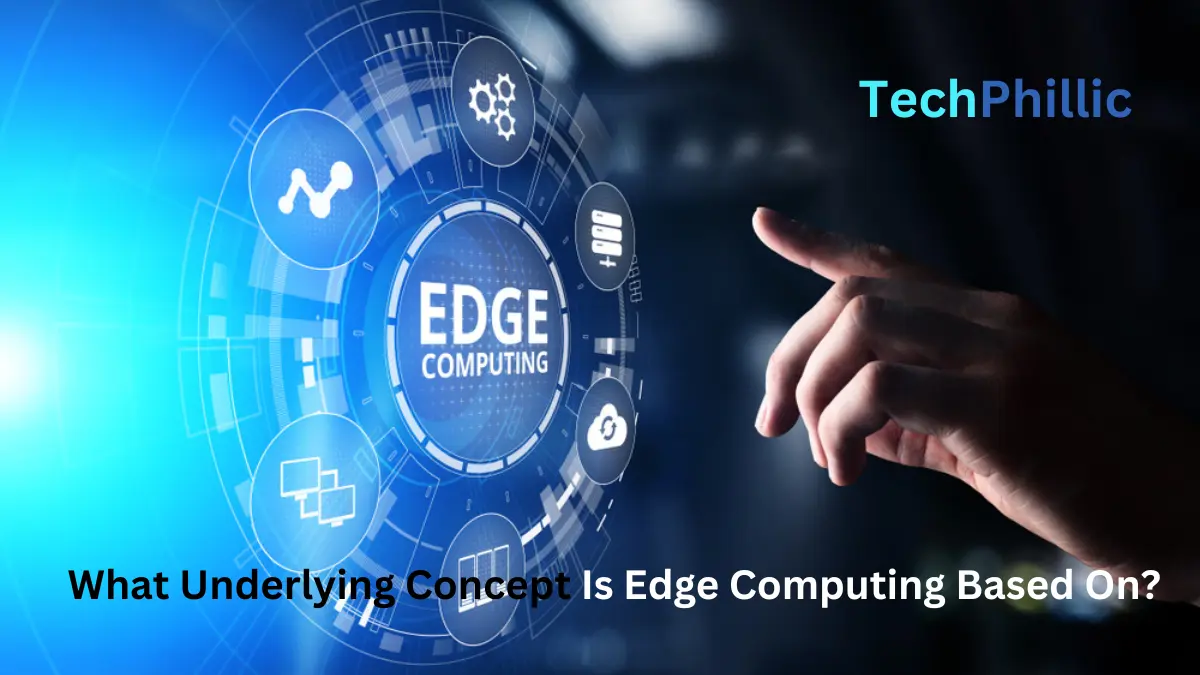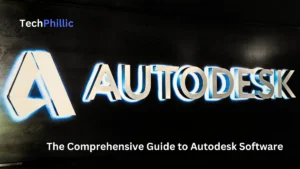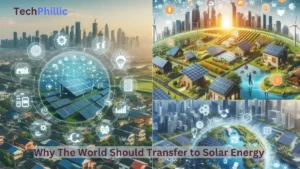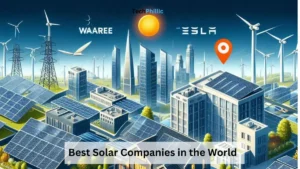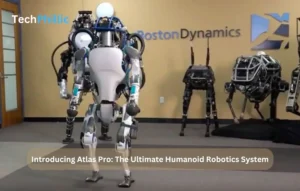Imagine you’re on a road trip, data packets whizzing by as your car (the device) gathers information. Each piece of data needs to travel to a giant data center miles away for processing, like stopping at a central gas station in the middle of nowhere. Slow, inconvenient, and not exactly fuel-efficient.
That’s where edge computing swoops in, asking, “What Underlying Concept Is Edge Computing Based On?” It’s all about decentralization. Instead of funneling data through a central hub, edge computing empowers devices at the “edge” of the network – your car, smart appliances, wearables – to process and analyze data locally. Think of it as setting up mini gas stations along your route, making the journey faster, smoother, and less resource-intensive.
Here’s why ditching the data center detour is a game-changer:
- Lightning-fast responses: No more waiting in line for centralized processing. Edge computing delivers real-time results, making applications like self-driving cars and industrial automation a reality. Think milliseconds, not minutes, for critical decisions.
- Bye-bye, bandwidth blues: Less data traveling long distances means less strain on network resources. It’s like having wider lanes on your road trip, leading to reduced congestion and lower costs.
- Privacy pit stop: Processing data locally keeps it closer to home, potentially enhancing privacy and security. No more sending sensitive information on long journeys across the internet.
- Empowering the edge: Edge devices become smarter, and more capable, taking on tasks previously reserved for the cloud. It’s like upgrading your car’s engine for a more efficient, powerful ride.
Cloud computing isn’t going anywhere. It’s still valuable for large-scale storage and complex tasks. But edge computing is its dynamic partner, handling local processing with agility. Together, they’re like a well-oiled travel duo, conquering the digital landscape with efficiency, speed, and security.
So, the next time you wonder “What Underlying Concept Is Edge Computing Based On?”, remember: it’s all about empowering the edge for a faster, smarter, more decentralized future. And who wouldn’t want a smoother, more enjoyable trip on the information highway?
Also Read: Crystalline Nanotechnology: Unveiling the Marvels of Cutting-Edge Advancements
Cloud vs. Edge: The Great Computing Showdown (But Are They Rivals?)
Imagine you’re a data-hungry traveler, desperately seeking processing power. The cloud beckons, a vast data center oasis promising endless resources. But then, a new option emerges edge computing, offering localized processing power right where you are. So, which path should you take?
Edge computing is all about decentralization. It empowers devices at the “edge” of the network – think smartphones, wearables, and smart appliances – to process and analyze data locally. No more long journeys to the cloud, translating to lightning-fast responses and lower latency. Think milliseconds, not minutes, for crucial decisions in self-driving cars or industrial automation. But what about the cloud’s vast storage and processing muscle?
Cloud computing remains a powerhouse, offering scalability and flexibility for massive tasks. It’s like having a reliable travel companion with endless luggage space. Perfect for e-commerce platforms, social media, and big data analysis that require immense computing power.
So, are they rivals? Not quite. They’re more like complementary teammates on your digital journey. Edge computing tackles real-time, localized needs with agility, while the cloud provides the heavy lifting and storage for complex tasks. Think of it as an edge-to-cloud architecture, where devices process locally and then send relevant data to the cloud for further analysis.
Here’s the exciting part: as technology evolves, the lines are blurring. Edge devices are becoming more powerful, potentially taking on tasks previously reserved for the cloud. This is where the true decentralization revolution unfolds, powered by the combined strengths of both models.
Remember, the best path depends on your destination. For real-time, low-latency needs, edge computing is your champion. But for massive-scale processing and storage, the cloud remains your trusty ally. And when they work together? You’ve got the ultimate computing dream team, conquering the digital landscape with efficiency, speed, and security.
So, the next time you ponder “What Underlying Concept Is Edge Computing Based On?”, remember: it’s about empowering the edge for a faster, smarter, more decentralized future. And who wouldn’t want that on their digital adventure?
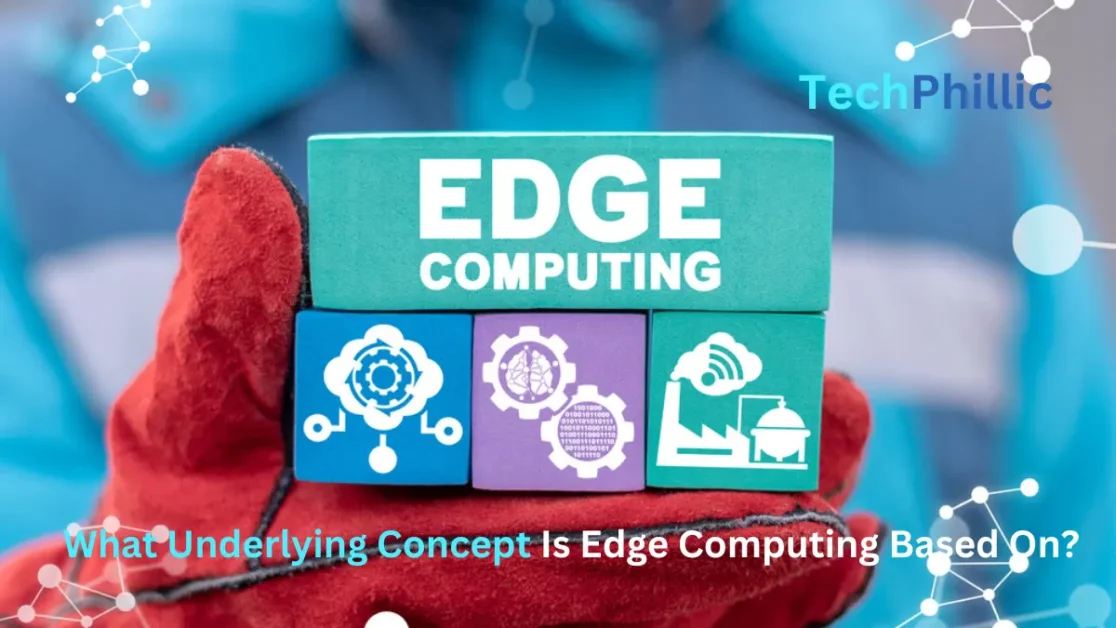
Edge Computing: A Double-Edged Sword? Unveiling the Pros and Cons
Edge computing, the tech world’s new sheriff in town, promises blazing-fast processing, razor-sharp security, and a network decongestion dream. But is it all sunshine and rainbows, or are there hidden thorns in this technological rose? Let’s delve into the advantages and disadvantages of edge computing, keeping in mind our quest for the answer to “What Underlying Concept Is Edge Computing Based On?”
On the bright side:
- Speed Demon: Remember waiting ages for that buffering video to load? Edge computing eliminates the need for data to travel vast distances, resulting in lightning-fast processing and response times. Think self-driving cars making instant decisions or factory robots reacting in milliseconds – a game-changer for real-time applications.
- Privacy Champion: Worried about your data taking a scenic route across the internet? Edge computing keeps sensitive information close to home, stored and processed on the devices themselves. This enhances privacy and security, especially for industries like healthcare and finance where data confidentiality is paramount.
- Network Nirvana: Imagine highways clogged with data traffic. Not a pretty picture, right? Edge computing acts like a bypass, processing data locally and reducing the load on the network. This translates to fewer bottlenecks, smoother data flow, and potentially lower costs.
But hold on, there’s another side:
- Hardware Hustle: Setting up an edge requires additional hardware and infrastructure to support all those devices at the “edge.” Think smart sensors, wearables, and gateways – it can add up quickly.
- Management Maze: Keeping track of a distributed computing environment with numerous devices can be a complex and time-consuming task. It’s like managing a fleet of cars compared to a single, centrally parked vehicle.
- Power Play: Edge devices often have limited processing power and battery life. This can be a challenge for demanding applications that require significant computational resources.
Conclusion
So, is edge computing the ultimate solution? Not necessarily. It’s a powerful tool, but like any tool, it has its limitations. The key is to understand “What Underlying Concept Is Edge Computing Based On?” – decentralization and localized processing – and then assess whether its advantages outweigh the challenges for your specific needs.
Remember, edge computing and cloud computing are often complementary, not competitors. They can work together in an edge-to-cloud architecture, where the edge handles real-time tasks and the cloud provides heavyweight processing and storage.
Ultimately, the best approach depends on your requirements. But by understanding the advantages and disadvantages of edge computing, you can make an informed decision and harness its power to create a faster, smarter, and more secure digital future.

